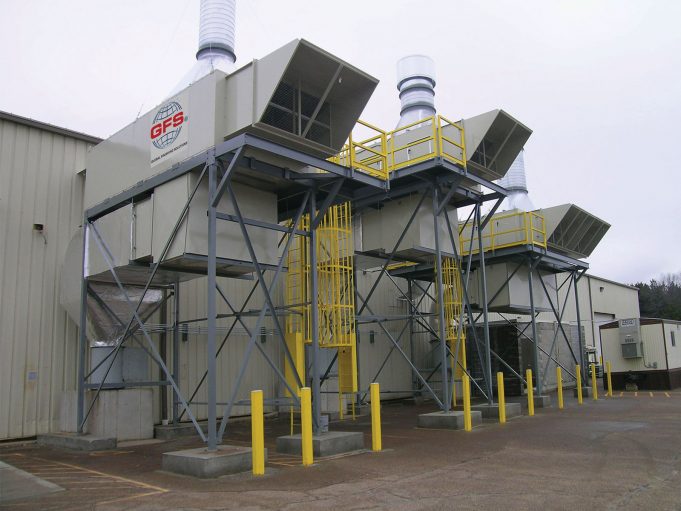Waste heat is the energy that is lost into the environment due to not being used during an industrial process. This lost energy usually amounts to about 15%, but by implementing waste heat recovery systems, that loss can be reduced to a minimum. Recovering and recycling expelled heat and energy brings numerous benefits to individual businesses and industries as a whole and it can be done through numerous heat recovery technologies. However, today we will focus on only one such system – the plate heat exchanger.
What a Plate Heat Exchanger Is
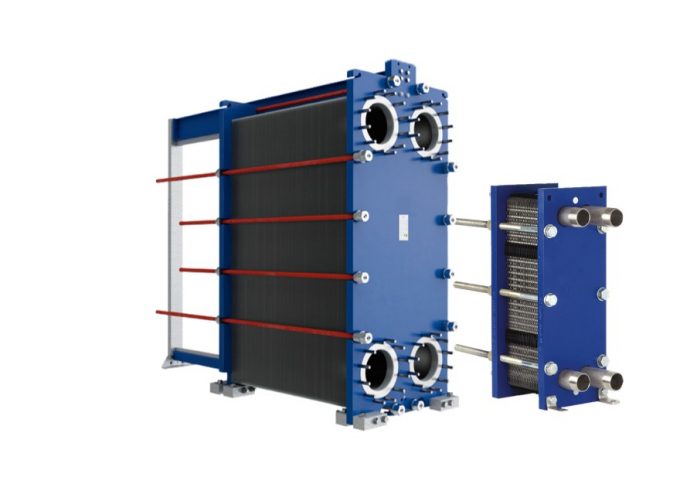
These systems are used for liquid to liquid exchange at low to medium pressures. They transfer the thermal energy of a liquid on to another medium and consist of corrugated plates on a frame. Fluid flows within the exchanger, however, the two streams flow in opposite directions. The cold fluid flows up one plate, while the hot flows down another. Although the fluids do not mix, between the different layers of plates are gaps that allow heat to be exchanged and transferred.
The Types
Brazed Plate Heat Exchangers
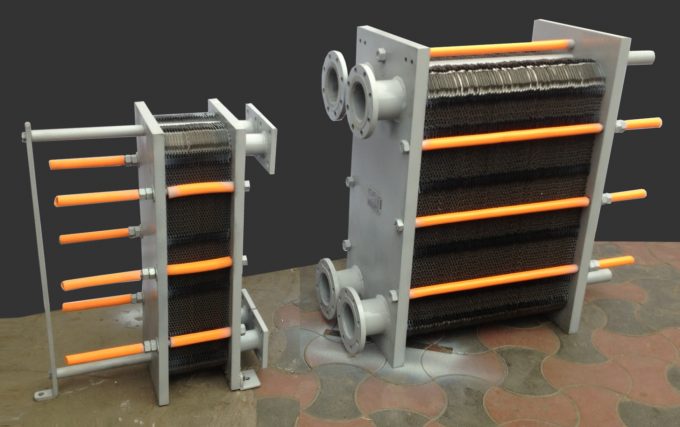
They are highly corrosion-resistant and are used in numerous industrial and refrigeration applications. They have a stainless steel plate composition with copper brazing and they are extremely efficient and compact. If you are interested to learn more about it, you can click here.
Gasketed Plate Heat Exchangers
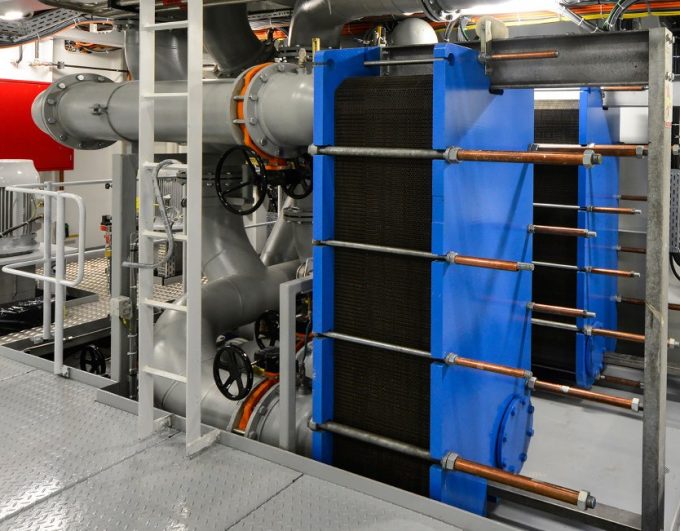
They use quality design and gaskets to seal plates together. This is great for protection against leaks. Moreover, they drastically decrease the cost of maintenance because the plates can be removed very easily for cleaning, expansion, or replacing.
The Advantages

High value for the overall heat transfer coefficient with the combination of the exchanger’s compact design gives the system the ability to have the same thermal capacity as systems five times its size. Temperature control is another advantage since they work well with small temperature differences between the two fluids. These devices are also extremely easy to maintain and clean and they can be designed to reduce or increase the heat transfer capacity by adding or removing plates as stated by facts.net.
Its Importance for Industries
1. Cost-Efficient – Using these systems can recover around 90% of wasted heat which can drastically lower energy costs.
2. Extended Lifetime of Industrial Machines – The plate heat recovery exchanger prevents high temperatures or sudden changes in it which can help prolong the lifetime of machinery, improve their efficiency, and prevent them from wearing or breaking down.
3. Cleaner and Constant Heating – They drastically low carbon dioxide providing cleaner and constant heating to employees all year long.
4. Waste Reduction – Repurposing waste heat lowers emissions which reduces the amount of waste that is produced by a facility and released into the atmosphere. It can also increase a company’s credibility, especially if they are aiming to work in a greener environment.
5. Fast Return on Investment – Conserving and reusing energy drastically reduces costs when these systems are implemented. As such, after 2 years, these systems reach the return on investment.
Usage in Industries
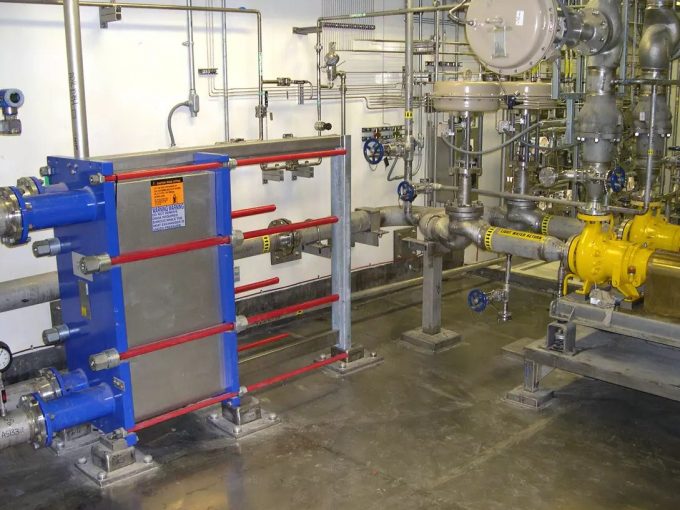
They are used in numerous industries such as the automobile, machine, and chemical industries. They are also implemented in air-conditioning plants, industrial bakeries, metal processing plants, power generation, and more. Depending on the facility’s needs they can be used for either heating or cooling purposes.
Conclusion
These systems can and should be used in all industries that use thermal heat and energy. Implementing them provides numerous benefits not only for businesses but for the environment as well. They will increase profitability and efficiency and might be one of the most practical and useful investments a company can make.

